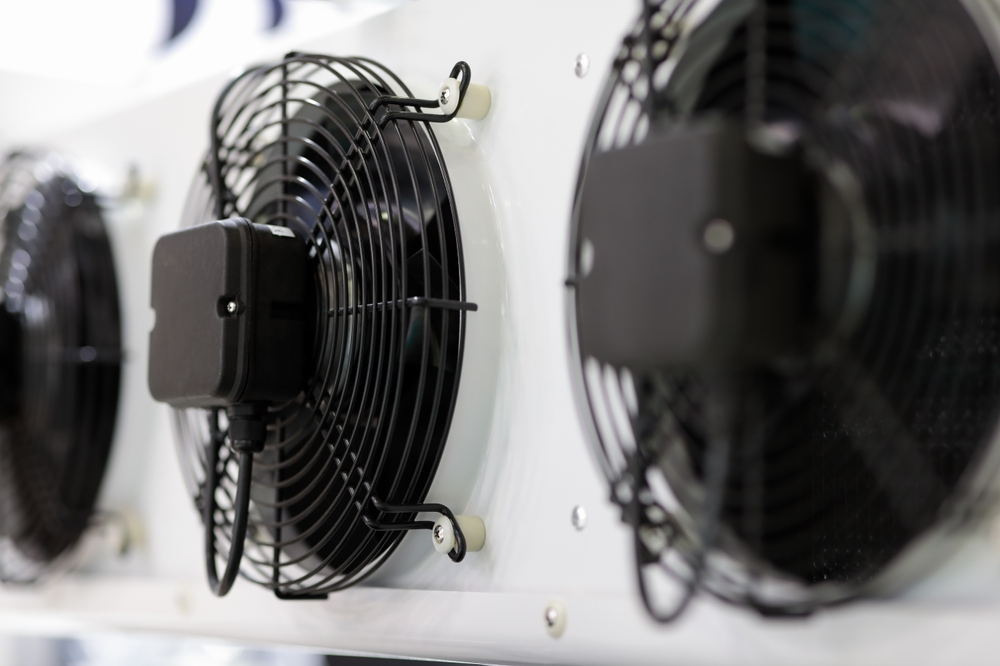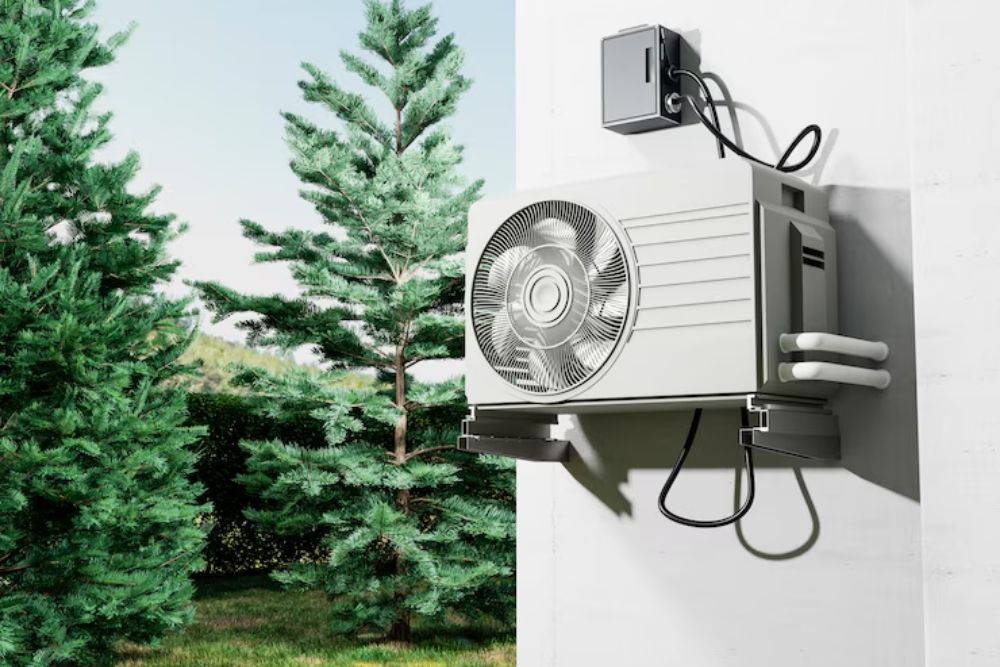
Resistance Life Enchance: Operation Maintenance and Savings Tips


For commercial enterprises, energy efficiency is no longer just a cost-saving tool but an operational necessity. As energy costs continue to rise, global regulations are increasingly focused on reducing carbon emissions. These pressures make it essential to adopt efficient systems, not only for environmental but also for economic sustainability. In particular, energy-intensive equipment like condensers in industrial cooling infrastructure is a primary focus due to their significant share of total operating costs.
Transforming high-energy-consuming systems affects not only the direct costs reflected in bills but also the long-term competitiveness of a business. Low energy intensity facilitates compliance with environmental regulations and positions a company as a leader in sustainability policies. Facilities prioritizing energy efficiency also reduce their carbon footprint, meeting corporate social responsibility standards. In this context, redesigning or improving technical components like condensers becomes inevitable.
Condensers are the most critical component in the refrigeration cycle, transferring heat to the external environment and significantly impacting the system’s thermal balance. These devices facilitate the conversion of refrigerant from gas to liquid, playing a direct role in energy efficiency. In commercial applications, these systems are designed for high capacity, long-term, and continuous operation. Thus, the condenser’s performance is directly tied to the efficiency of the entire refrigeration cycle.
For businesses, a condenser’s ability to provide energy efficiency is not just a technical matter; it is directly linked to profitability. The more efficiently a condenser operates, the less strain it places on high-energy-consuming components like compressors. This reduces energy costs, extends equipment lifespan, and minimizes maintenance and repair expenses. The design, selection, and control of such a central component are therefore among strategic business decisions.
Modern condenser designs offer significantly larger heat transfer surfaces and optimized airflow paths compared to traditional systems. These designs enable faster and more effective heat transfer, reducing the system’s energy demand. Achieving the same cooling capacity with less energy not only improves efficiency but also reduces thermal stress on components, extending lifespan and lowering fault risks.
Additionally, low-pressure loss pipe structures and finned arrangements maximize the condenser’s contact with air. These advanced engineering solutions ensure the condenser maintains performance with minimal environmental impact. Supported by advanced fan control technologies, these designs significantly enhance not only cooling performance but also overall system stability. In short, an efficient condenser design reduces operating costs and maintenance needs in the long term, improving operational continuity.
Next-generation technologies used in commercial condensers offer revolutionary solutions for reducing energy consumption. Variable-speed fan motors (EC fans) operate based on ambient temperature, preventing unnecessary energy use. Similarly, microprocessor-based control systems ensure the condenser operates only when needed and at the required level, addressing issues like overloading and excessive energy waste.
Moreover, sensor-based monitoring systems allow continuous tracking of the condenser’s performance. These sensors analyze critical parameters like temperature, pressure, and humidity, enabling the system to self-adjust automatically. This achieves energy savings and allows the system to optimize itself without user intervention. In high-volume operations, these technologies have become strategic investments, significantly reducing annual energy consumption.

Energy efficiency is achieved not only through technology but also through regular and professional maintenance practices. Dirt, dust, and oil residues accumulating on the condenser significantly reduce heat transfer. This forces the system to operate longer and at higher power, increasing energy consumption. Simple measures like cleaning and periodic checks can prevent most of these losses.
Additionally, imbalances in fan motors or blockages in pipes over time can undermine the system’s overall efficiency. In such cases, deviating from energy efficiency goals becomes inevitable. However, a maintenance schedule and inspections by expert teams can ensure the condenser operates close to its original performance. This achieves energy savings, prevents sudden failures, and ensures production continuity.
One of the most significant factors affecting a condenser’s energy efficiency is the thermal conductivity of the materials used. Copper, with its high thermal conductivity, is the most preferred material in condensers. However, more cost-effective alternatives like aluminum and special alloys are also used. Corrosion-resistant alloys, in particular, withstand outdoor conditions for extended periods, extending the system’s lifespan.
Material selection should consider not only conductivity but also mechanical durability and ease of maintenance. Incorrect material choices can lead to rust, leaks, or performance degradation over time. This increases energy consumption and compromises system safety. Therefore, material selection for commercial systems should be treated as an engineering decision.
Smart control systems enable the condenser to operate dynamically based on environmental conditions. When ambient temperature drops, the system reduces fan motor speed, minimizing energy consumption. These systems respond instantly to temperature changes, preventing energy waste. They also analyze operational data to create more efficient operating scenarios.
Additionally, smart systems offer remote monitoring and intervention, simplifying maintenance processes. The system alerts operators before performance degradation occurs, enabling preemptive action. This improves energy savings and prevents production interruptions. For large-scale commercial operations, smart condenser systems have become one of the most effective digital tools for energy management.
The return on investment in condenser system efficiency can be measured through several key metrics. Reductions in electricity consumption, shorter operating times, and overall system performance stability are primary indicators. Additionally, lower annual maintenance costs and fewer faults directly reflect efficiency. These metrics clearly show the investment’s payback period.
Moreover, efficiency investments provide more than just direct cost savings. Improved system reliability enhances product quality and customer satisfaction. Fewer failures and more stable operations increase predictability in operational planning. Combined, these factors transform energy efficiency into not only a technical advantage but also a strategic competitive edge.

Fill out the form to discover the most suitable high-end products for your projects. Contact Us Now.